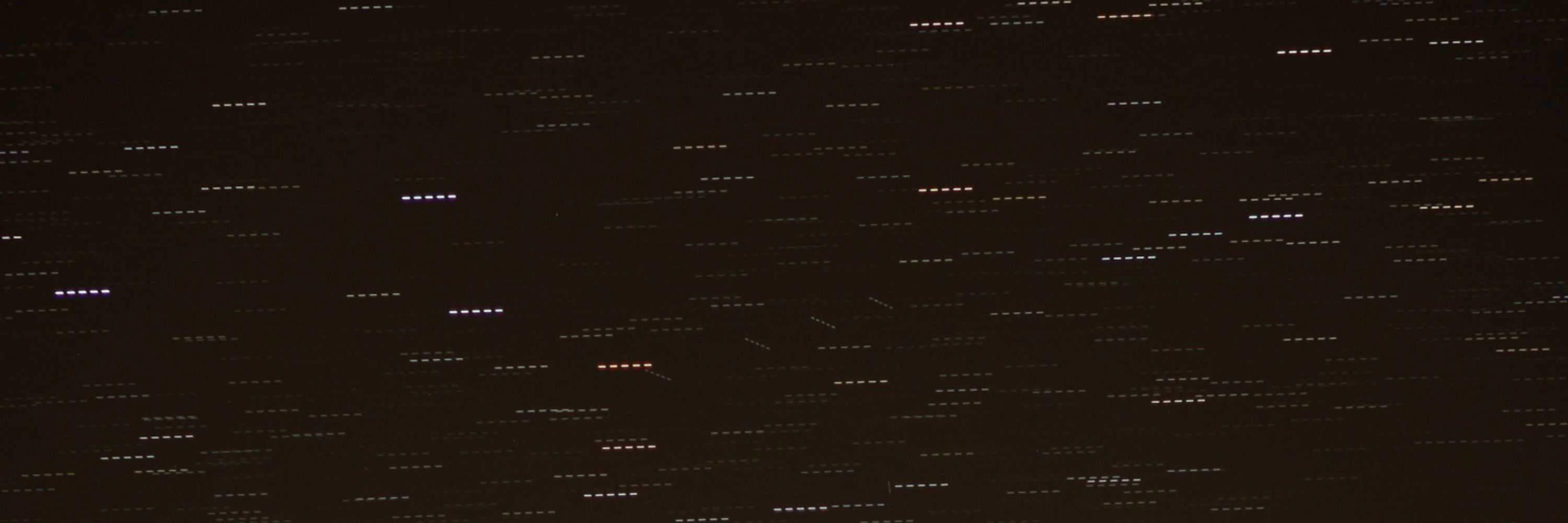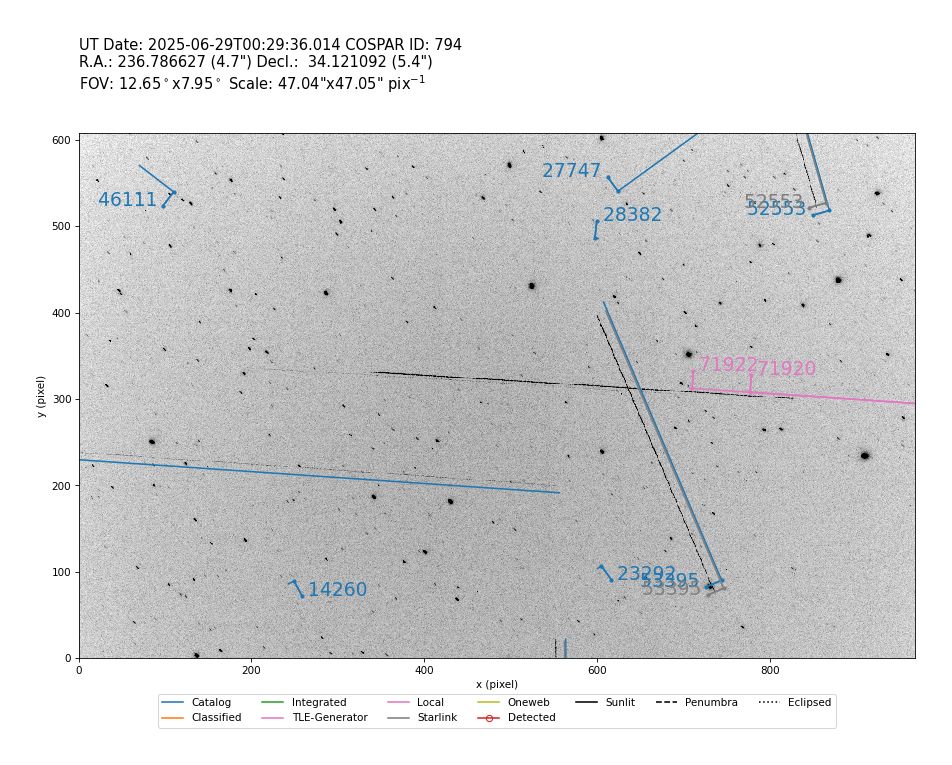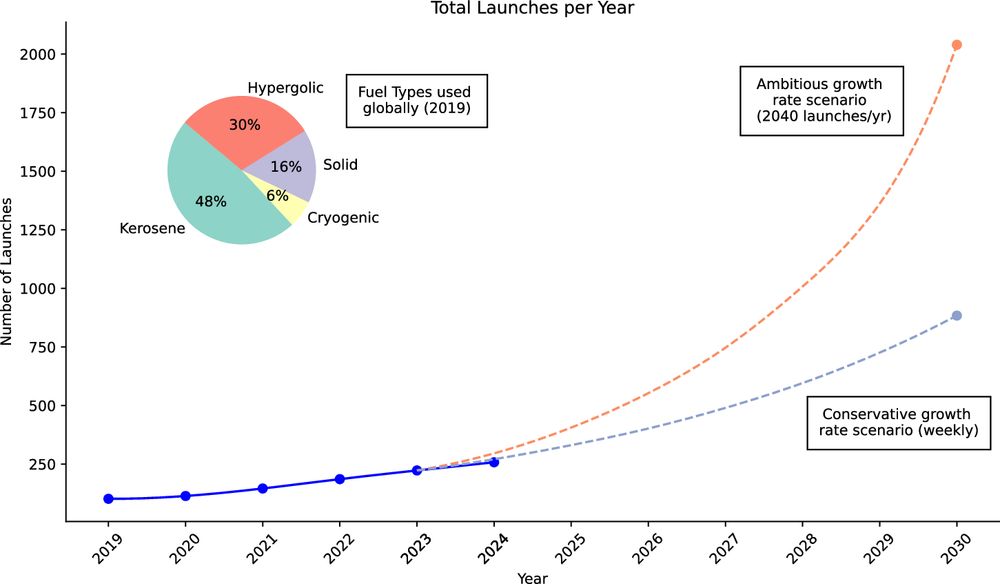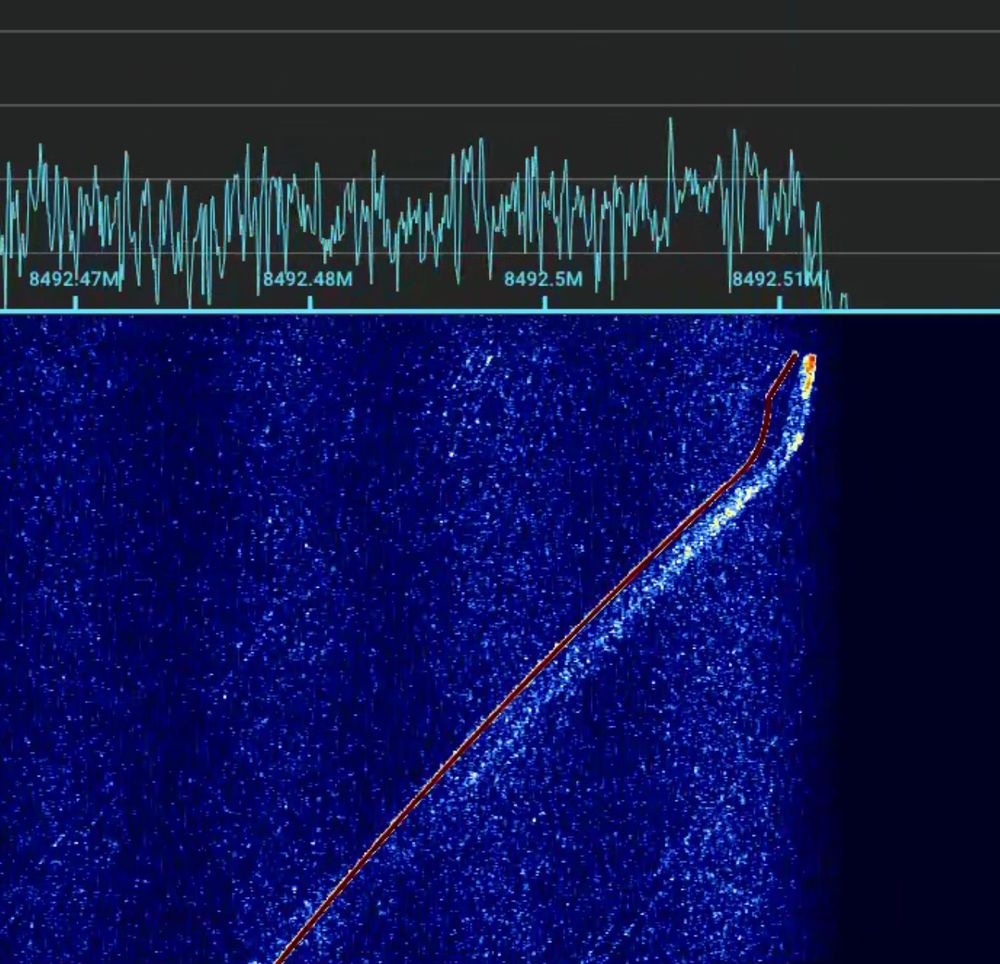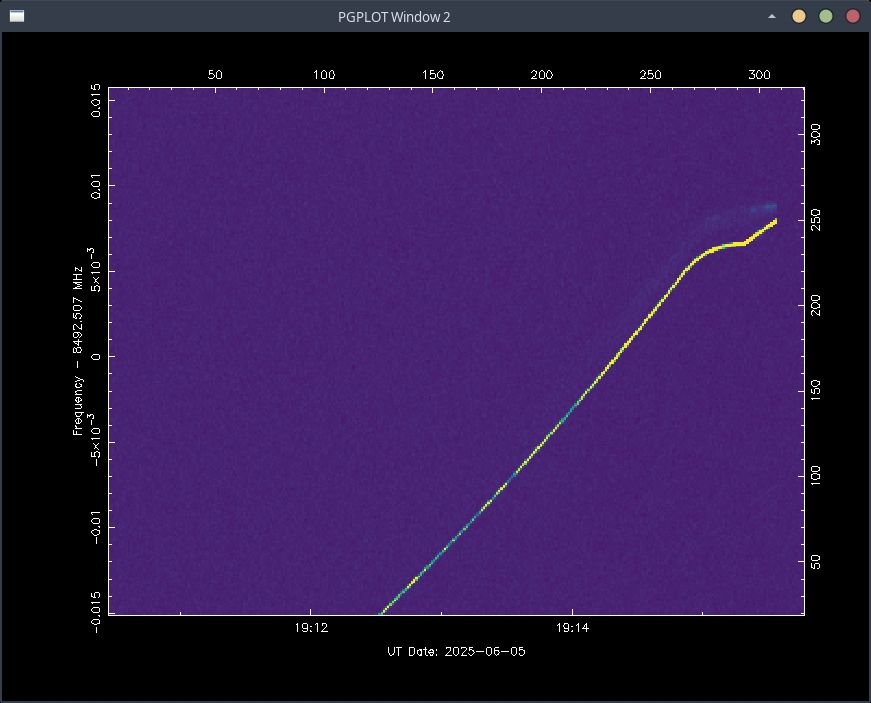Cees Bassa
@cbassa.bsky.social
430 followers
140 following
67 posts
Astronomer at ASTRON in the Netherlands, working with the LOFAR low frequency radio telescope.
Posts
Media
Videos
Starter Packs
Reposted by Cees Bassa
Dr Laura Driessen
@astrolaura.com
· Sep 7
Dr Laura Driessen
@astrolaura.com
· Sep 5

When and where can I see Monday's total lunar eclipse from Australia?
A total lunar eclipse, also known as a "blood moon", will be visible across all of Australia next week. Here's what you need to know to get the best view and snap the best photo.
www.abc.net.au
Reposted by Cees Bassa
Reposted by Cees Bassa
Reposted by Cees Bassa
Reposted by Cees Bassa
Reposted by Cees Bassa
Cees Bassa
@cbassa.bsky.social
· Jun 7
Reposted by Cees Bassa
adrelys.com
@adrelys.com
· Jun 7
Reposted by Cees Bassa
Reposted by Cees Bassa
Reposted by Cees Bassa
Cees Bassa
@cbassa.bsky.social
· Jun 4
Reposted by Cees Bassa
Reposted by Cees Bassa
Paula Surridge
@psurridge.bsky.social
· May 9
Reposted by Cees Bassa
Jonathan McDowell
@planet4589.bsky.social
· Apr 30
Cees Bassa
@cbassa.bsky.social
· Apr 30
Reposted by Cees Bassa
Ingrid Stairs
@ingridhstairs.bsky.social
· Apr 29

CHIME All-sky Multiday Pulsar Stacking Search (CHAMPSS): System Overview and First Discoveries
We describe the CHIME All-sky Multiday Pulsar Stacking Search (CHAMPSS) project. This novel radio pulsar survey revisits the full Northern Sky daily, offering unprecedented opportunity to detect highl...
arxiv.org
Reposted by Cees Bassa
Reposted by Cees Bassa
tammo80.bsky.social
@tammo80.bsky.social
· Apr 20
Cees Bassa
@cbassa.bsky.social
· Apr 20
Cees Bassa
@cbassa.bsky.social
· Apr 20
